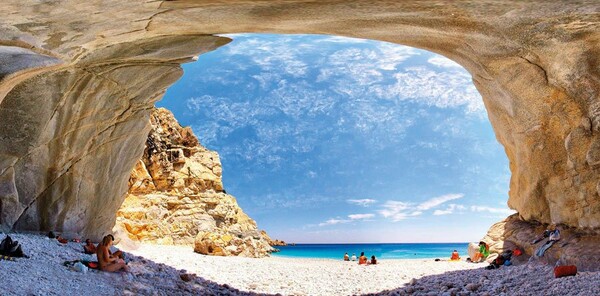
Apart from the widely known islands which attract the bulk of visitors, the last couple of decades attention has shifted towards smaller and lesser known islands, like Anafi, Ikaria, Kimolos, Koufonisia and Folegandros, to name but a few. These have become favourite destinations for people who are tired of the usual tourist trail and are eager to lay their towel on a secluded beach and explore villages which offer a glimpse of traditional life. Some of these islands may require three days to discover, others can be criss-crossed in 24 hours. You do not need a guide for these islands. All you need is reasonable shoes, plenty of sunblock and an adventurous spirit.
Anafi is a small gem of an island, better known as the next boat stop after Santorini. Its proximity to its famous neighbour (just an hour on the ferry) has rendered it increasingly popular, so go there while it’s still unharmed from mass tourism. The island is perfect for relaxation and to that end it boasts some beautiful beaches like Megalos Roukounas, the longest and busiest, Klisidi –a small cove with a whitewashed chapel overlooking the beach– as well as the more secluded Flamorou and Katsouni. Its main village, Hora, is a 10-minute bus ride away from the port, Agios Nikolaos. A whiff of oregano floods your nostrils all over Anafi and it is said that the island produces some of the best thyme honey. Make sure you buy some, together with a variety of Mediterranean herbs from the tourist shops at the main port. The island’s geological highlight is a tall monolithic rock jutting from the eastern end of Anafi. The 420-metre formation is Mt Kalamos and on top sits an abandoned monastery, which offers indescribable views of the Aegean. If you like hiking it is well worth the walk, but start early in the day to avoid the heat of noon and bring water and food. For more information check www.anafi.gr.
Ikaria is an oddball of an island, mostly preferred by laidback youngsters. It belongs to the North-eastern cluster of islands and with a size of 255 square km is considered as medium sized. Ikarians are known for their longevity (the island was added to the Blue Zones of the planet, places where many people live over 90) and their unique sense of time, which is a diplomatic way of saying that shops open and close at irregular times – some open at noon, others at night and others choose to close at 3am. Life is definitely easy going and if you’re ok with that, you will enjoy your stay on the island. There are two ports, Evdilos and Agios Kirikos - the quiet capital of the island and a good place to start your walks. The best time to visit is during one of Ikaria’s famous panigiria (festivals held on saints’ days). The most famous is held at the village of Hristos Rahes on the 6th of August, when celebrations are known to turn wild with traditional music and locals dancing the famed Ikariotikos dance. The island also celebrates on the 15th of August at Langadas village. Ikaria’s famed hot mineral springs are reputed to relieve symptoms of arthritis and rheumatism and are located at Therma, just outside of the Agios Kirikos. The island’s best beaches are at Armenistis, Nas –preferred by nudists– and Prioni, formed by a series of secluded natural coves. Wind surfers prefer Mesakti for its strong winds and golden sand and Seychelles is a beach at southern Ikaria whose nickname aptly describes it. One point to remember is that sea currents in
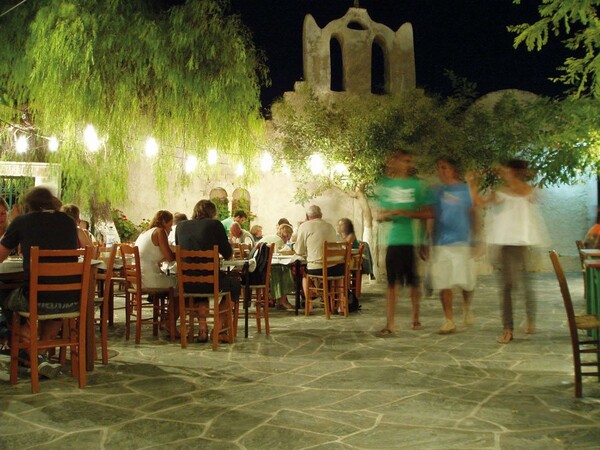
Ikaria can be very strong and a number of drownings have been reported. Make sure you have a second person watching you while you’re in the water and avoid swimming if the wind is strong. Take a day trip to nearby Fourni islands to complete your experience. For more information check www.island-ikaria.com.
Kimolos is an island that time also seems to have forgotten. Life here moves slowly with locals gathering in quaint squares and children playing carelessly for hours. Horio –the main village– is a pleasant surprise, with its winding streets, picturesque squares and flower-filled yards with striking fuchsia bougainvilleas growing against white walls. Go there by noon and the only sound you will hear in the village is the monotonous buzz of the cicadas which seem to disregard the quiet hours. The rest of the island’s settlements are inhabited mostly during the summer and include the small port of Psathi, and the sandy beaches of Prasa, Goupa, Aliki, Dekas and Bonatsa. Sights of interest include the fortress of Paleokastro at the centre of the island and further down you will see the massive, mushroom-shaped stone formation called Skiadi. In Horio, the small Archaeological Museum traces the history of the island through many artefacts and pictures, while the 19th century church of Panagia Odigitria right across the museum houses the old Byzantine icon of the Virgin Mary. Along the coast of Kimolos you will often find fishermen repairing their nets and cleaning their boats. Take a day trip to uninhabited Poliegos Island for a swim at its beautiful beaches and explore the abandoned monastery and the lighthouse. Kimolos can be reached by daily ferry services from nearby Milos. For more information check www.kimolos.gr.
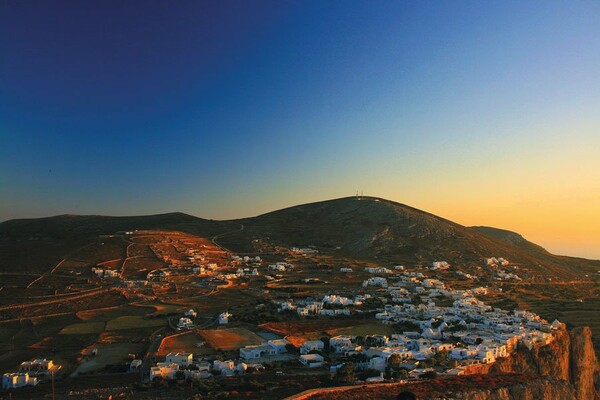
Little Cyclades are a cluster of mainly five small islands - Iraklia, Shinousa, Donousa and Koufonisia. To make the most of them, avoid the busy season of July and August. Iraklia is not particularly scenic but has Livadi beach where most tourists stop for a swim. Shinousa is a prettier island and owes its beauty to the simplicity of the landscape and the tranquil lifestyle. If you’re serious about escaping modernity, this is the island for you, as it has no nightlife, no banks and no fuel stations. It does have a number of clean beaches spread along its coastline. The biggest of the group, Donousa, is an island chosen for its golden beaches, quiet lifestyle and ample free camping space at Kedros, Kalotaritisa and Livadi.
Folegandros is the new hit of the Aegean, with its rocky, dry landscape and scenic main village attracting eclectic visitors. The meandering alleys of Hora, perched on a high rock overlooking the Aegean, lead the visitor through three consecutive small squares, flanked by whitewashed houses and colourful wooden doors. Cars are thankfully not allowed in the village so the only traffic you will encounter is locals going about their business. Your walk will bring you to the medieval kastro (=castle), whose walls nowadays form part of the surrounding houses. There are several small tavernas and cafés scattered around the village offering traditional food (soft souroto cheese, matsata spaghetti) and desserts (sweet watermelon pie) to hungry visitors. The second settlement is the agricultural Ano Meria, where you can visit the Folk Art Museum. Hikers will enjoy the clearly marked footpaths criss-crossing the dry land. Folegandros does not have many beaches but those who do exist are crystal clear. Two of them are reachable by car: Karavostasi – the main port and the beaches close to it - and sandy Angali, but for the rest you will need to walk along dirt paths for as long as an hour, or take one of the little boats who service them. Remember to carry plenty of water and a few sandwiches as none of those beaches have shops nearby. Accommodation is not cheap and the island only has one ATM, so remember to bring cash. You can rent a car or motorcycle at the port of Hora. For more information check www.folegandros.gr
_________________
Useful Tips
There are a few things you need to know before you embark on your dream holiday.
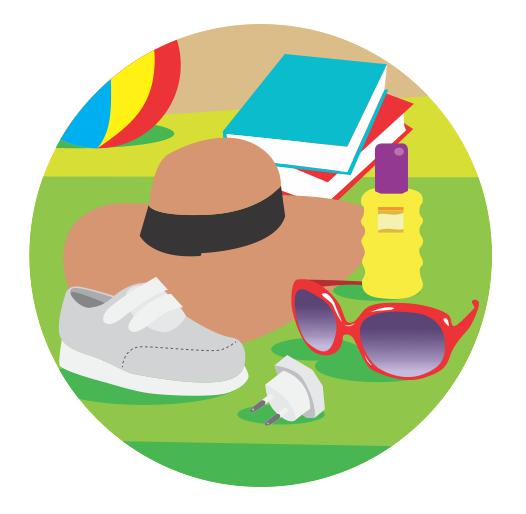 Items that will prove useful on your trip: Apart from sunblock, sunglasses, walking shoes and a broad-rimmed sun hat, you should also bring plenty of mosquito repellents (creams, lotions, etc.), a universal plug adapter and one or two good reads for the beach or your longer or shorter boat trips to and from the islands.
Items that will prove useful on your trip: Apart from sunblock, sunglasses, walking shoes and a broad-rimmed sun hat, you should also bring plenty of mosquito repellents (creams, lotions, etc.), a universal plug adapter and one or two good reads for the beach or your longer or shorter boat trips to and from the islands.
Ladies, I know your swimsuits are beautiful, but make sure you are wearing appropriate clothing when visiting a church or monastery. A trousers or skirt to cover your thighs and a shirt will do the trick. Men should also wear a T-shirt and long trousers. Excluding religious sites, you are urged to be sartorially adventurous.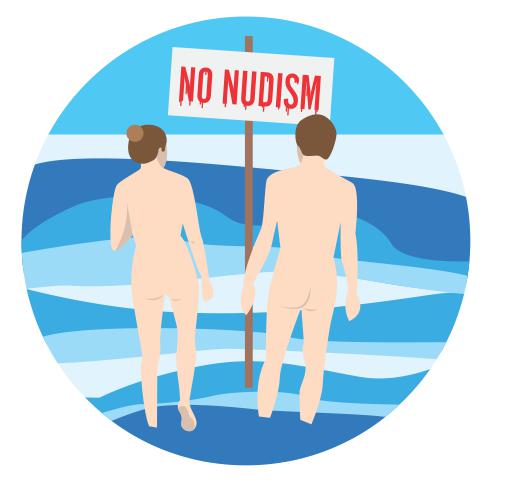 Nudism it is not illegal in Greece but there is a law against “breaching public morality.” The law is rather vague but essentially means you cannot be naked in public. However it is widely tolerated provided you abide to the basic rule of choosing a secluded beach (i.e. with no families around). In a handful of islands you may find sign posts on the beach, designating it as nudism-friendly. Generally, the more isolated the beach, the more likely it is to be populated by nudists. A good source of information is the tourists who have been on the island longer than you. Ask the couple eating breakfast next to you in the small café and you’ll probably get some reliable tips (unless they came with the same boat you did).
Nudism it is not illegal in Greece but there is a law against “breaching public morality.” The law is rather vague but essentially means you cannot be naked in public. However it is widely tolerated provided you abide to the basic rule of choosing a secluded beach (i.e. with no families around). In a handful of islands you may find sign posts on the beach, designating it as nudism-friendly. Generally, the more isolated the beach, the more likely it is to be populated by nudists. A good source of information is the tourists who have been on the island longer than you. Ask the couple eating breakfast next to you in the small café and you’ll probably get some reliable tips (unless they came with the same boat you did).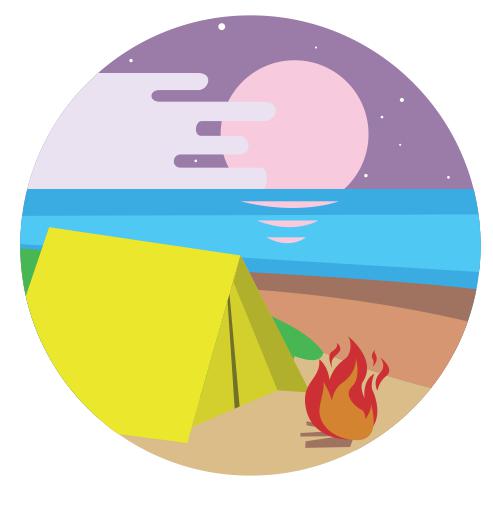 Free camping is forbidden. You are only allowed to camp in official camping sites which exist in all the above islands. Having said this, you could perhaps camp out on a remote beach, but remember that you run the risk of being harassed by the police or a local home/tavern owner. The best bet for a safe camp is to choose a destination off the mainstream tourist’s radar, like Anafi, Ikaria and the Little Cyclades. The unwritten rule for campers is to leave the site exactly as you found it – even if the spot had the odd plastic bottle here and there. Take a last look around before you leave, making sure you have not forgotten any garbage and discard any items in the appropriate bins.
Free camping is forbidden. You are only allowed to camp in official camping sites which exist in all the above islands. Having said this, you could perhaps camp out on a remote beach, but remember that you run the risk of being harassed by the police or a local home/tavern owner. The best bet for a safe camp is to choose a destination off the mainstream tourist’s radar, like Anafi, Ikaria and the Little Cyclades. The unwritten rule for campers is to leave the site exactly as you found it – even if the spot had the odd plastic bottle here and there. Take a last look around before you leave, making sure you have not forgotten any garbage and discard any items in the appropriate bins.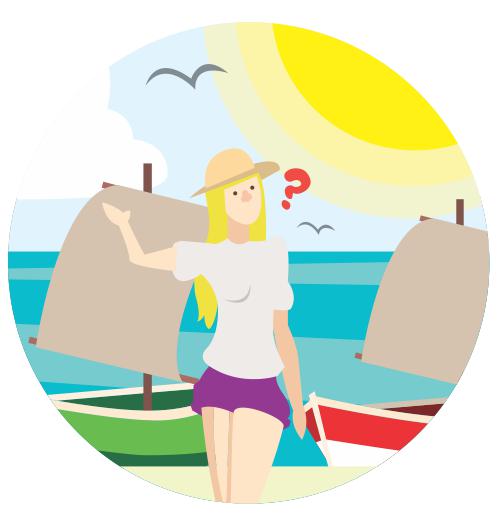 Tourists often looked puzzled by signs or announcements made by boat owners that a trip to a certain beach is cancelled because of “bad weather”, when in fact there’s not a single cloud in the sky and the sun is glaring down on you. They are referring to the winds. In most islands during the summer – and especially in Cyclades – Northern winds (known as meltemia) can be too strong for small boats to navigate around rocky peninsulas, especially when they’re packed with tourists. Boat owners choose to play it safe so that you don’t throw up in their caique. Choose a beach at a walking distance for the day and try again tomorrow. To avoid disappointment, do not leave the best (and furthest) beach for last. If the sea is calm on your first day on the island, go to the one which is only approached by boat. You never know when the winds will pick up.
Tourists often looked puzzled by signs or announcements made by boat owners that a trip to a certain beach is cancelled because of “bad weather”, when in fact there’s not a single cloud in the sky and the sun is glaring down on you. They are referring to the winds. In most islands during the summer – and especially in Cyclades – Northern winds (known as meltemia) can be too strong for small boats to navigate around rocky peninsulas, especially when they’re packed with tourists. Boat owners choose to play it safe so that you don’t throw up in their caique. Choose a beach at a walking distance for the day and try again tomorrow. To avoid disappointment, do not leave the best (and furthest) beach for last. If the sea is calm on your first day on the island, go to the one which is only approached by boat. You never know when the winds will pick up.
______________


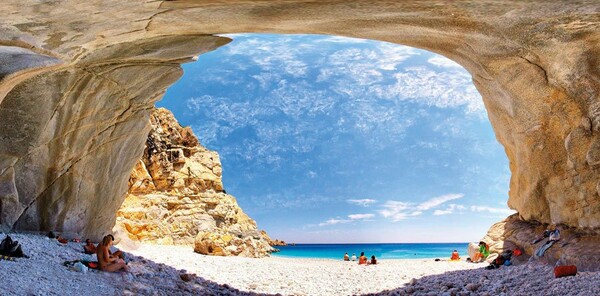

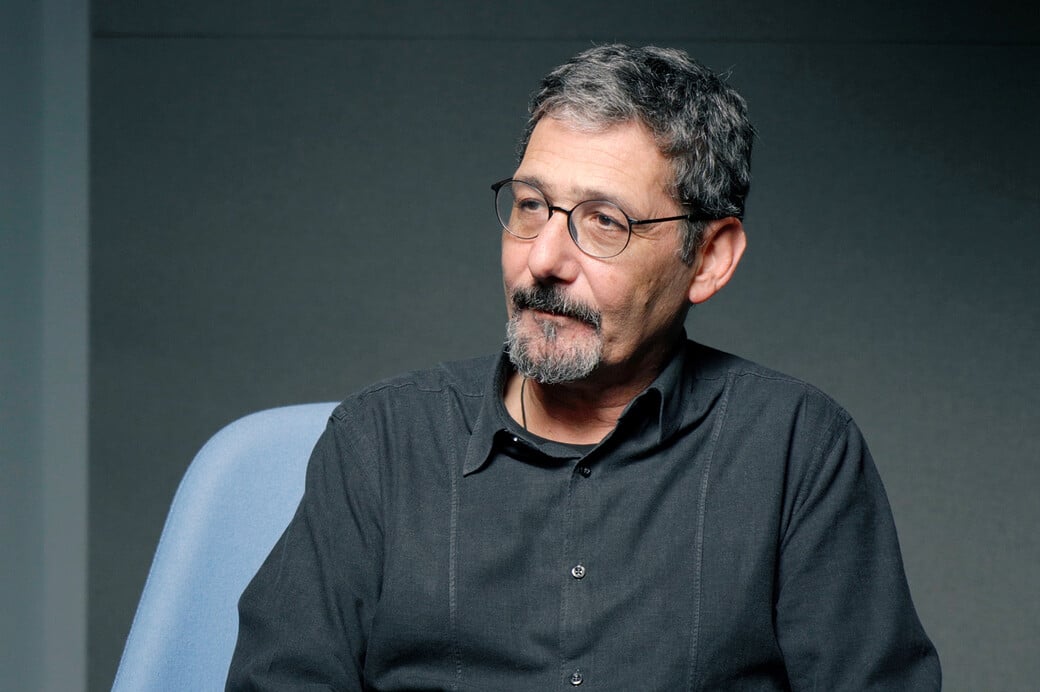





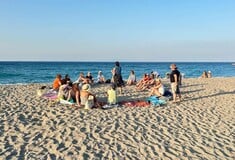
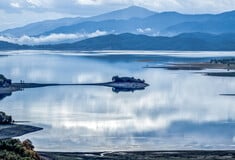
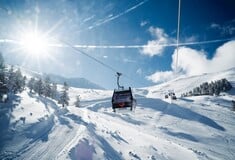
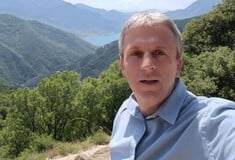
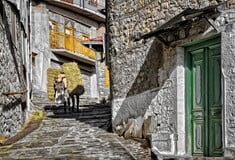
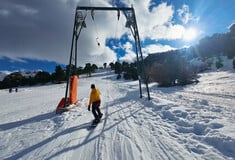
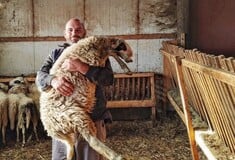
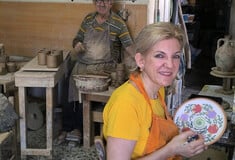
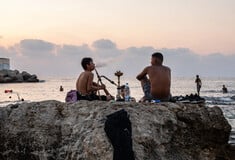
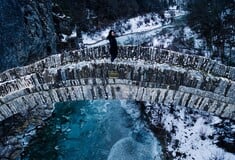
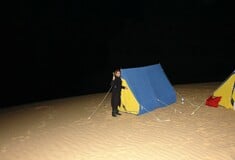
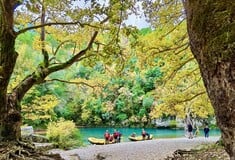


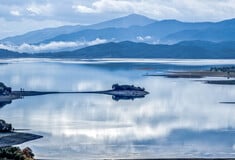
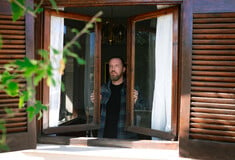
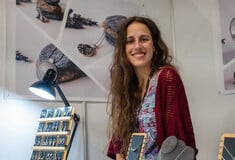
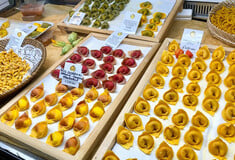
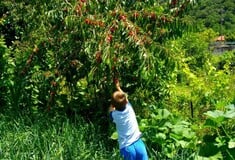

σχόλια